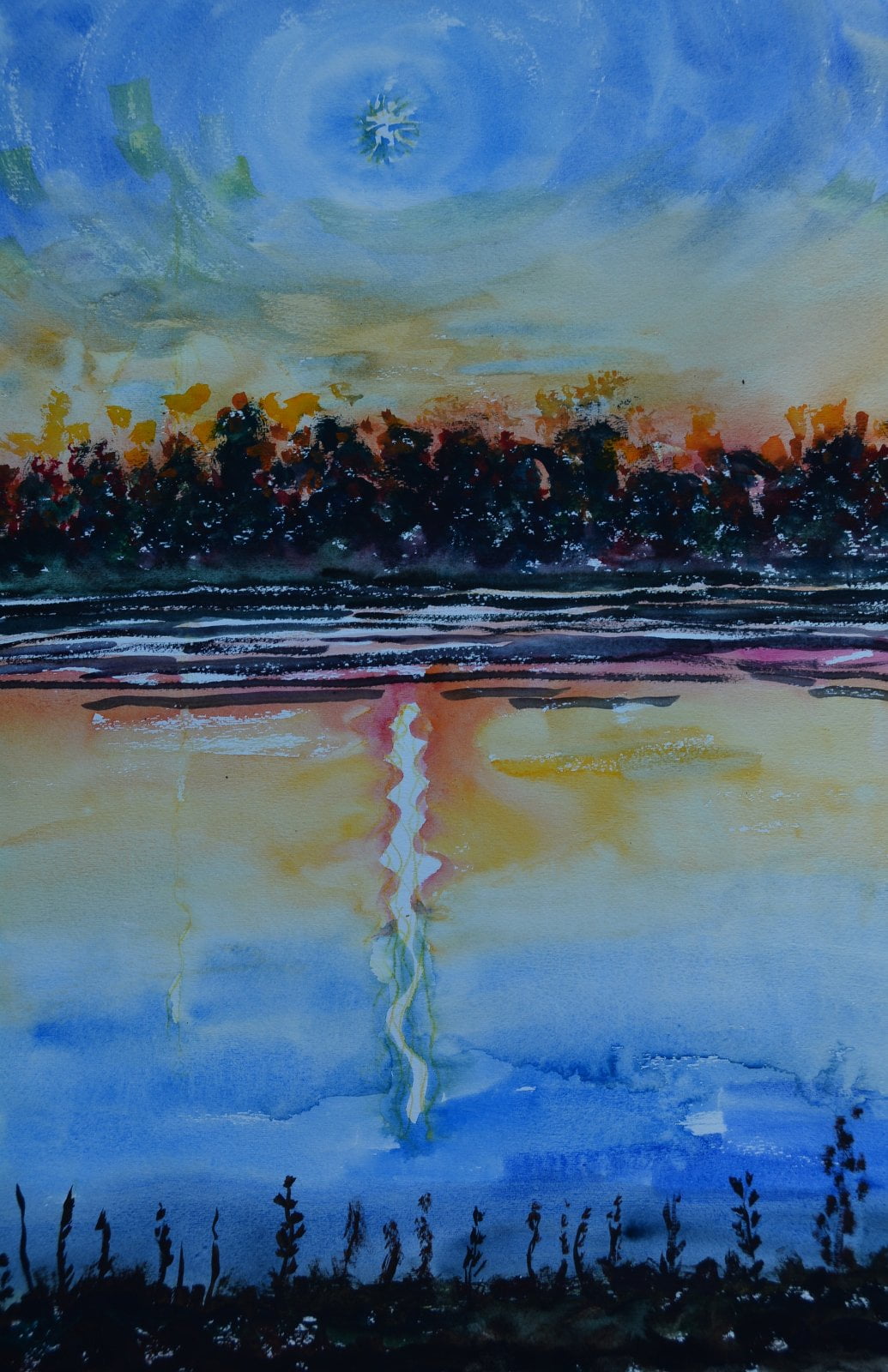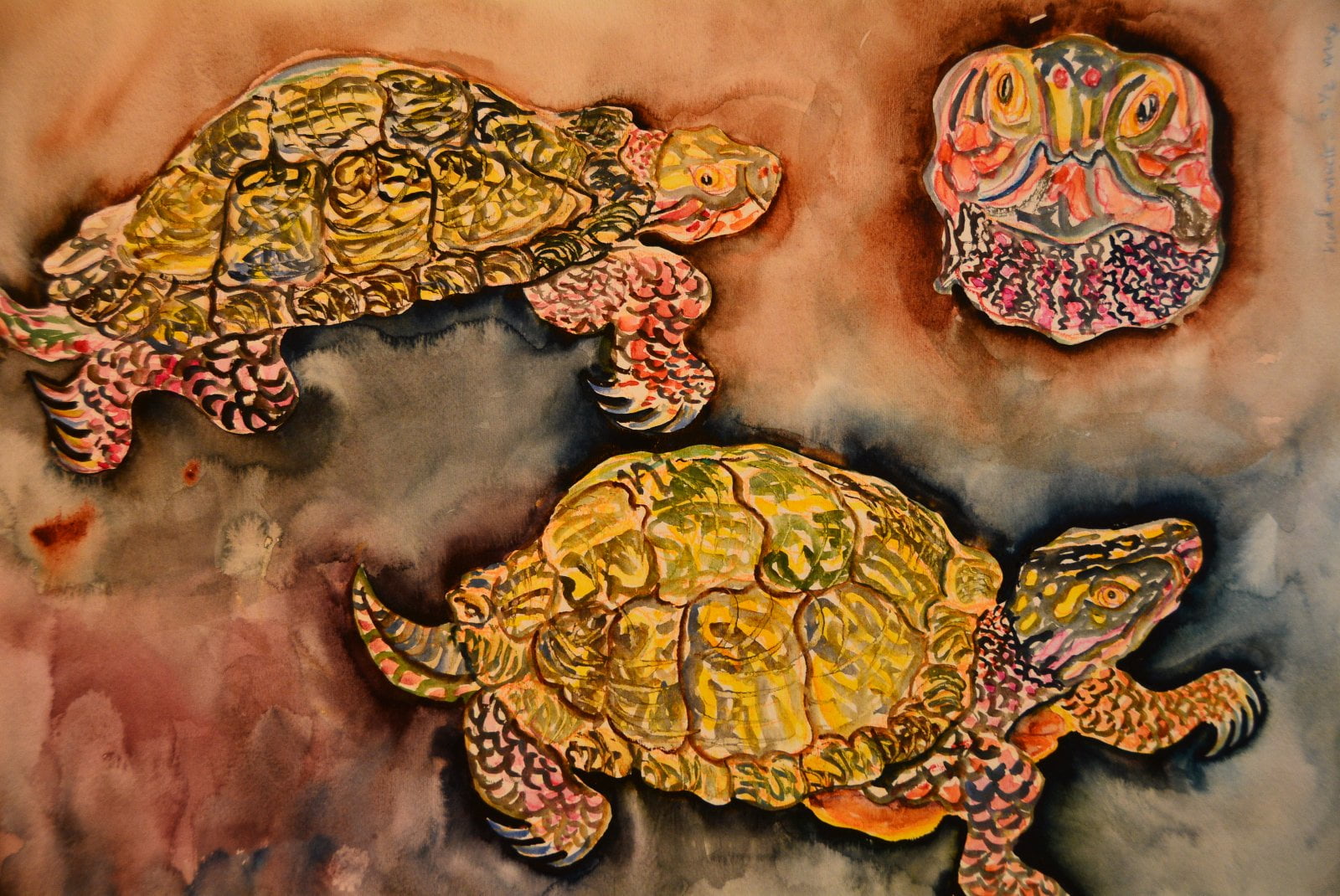River Photo Gallery

I remain astounded by the beauty of pelicans, which before this trip I knew as simply an unwieldy-looking, fish-eating seaside bird

I had been told it would be like this — wild and quiet and verdant — but still I was surprised. I thought I knew the local geography. But when you’re accustomed to tawdry highway gas stations and strip malls, it’s hard to imagine that this kind of quiet, undisciplined greenery persists.

John says that to find the water, it’s less about vision than a kind of feeling: you have to open yourself up. You make most of the decisions before you can absorb or calculate it all.

The river can be home. And not just for the life we see – which this week has included alligator and alligator gar, box turtles and cypress and Spanish moss – but for us paddlers, and anyone who loves its flow.

So many places exist like this, overlooked but beautiful. Even at the edges of the walled-in wild — as I call the lands inside the levees, along the Mississippi River — there are places of refuge for those who have chosen to live outside the mainstream.

Floating on these slower waters, with the trees hanging closer, you can see each leaf, fluttering down on the wind, you can hear the hum and buzz of all the life inside the Big Woods.

Sometimes these blue holes grow to the size of an Olympic swim pool, and are filled with delightful dancing blueish/greenish water. Other times they become diminished with murky green-black water and mud slip bottoms inhabited by turtles and minnows and who knows what else.

Spend enough time on the river and you’re going to learn what a storm looks like. In the distance, in the big sky above the river, it’s just a shifting grey mass. Rain streaks down in ghostly tendrils. But from inside the storm it’s different. The water is scalloped by rain drops, and wind drives down in angles. The world closes in, grey and white and cloudy. Then, suddenly, it opens up.

As the turtles dive, it strikes me that while we’ve seen plenty of animals we’ve seen no one else in the batture all day.

Today I stopped counting miles, or worrying about when we’d hit the shore. Eventually, we just set the paddles down and drifted. I lay back on the bow of the canoe, backwards – with my feet on the seat and my head dangling over the water. It struck me that this river is at once very fast and very slow, though I’m not sure there’s anything meaningful in that observation.

That is what Thoreau loved about a wetland. “Hope and the future,” he wrote in Walking, “are not in lawns and cultivated fields, not in towns and cities, but in the impervious and quaking swamps.”

Walker Percy wrote elegiacally of the river boats, whose sound, he said, “hangs inside your heart like a star.” But today riverboats tow on. This new breed of industrial brutes still possesses grandeur and magnificence; they are, after all, massive things.

Hidden behind the levees, the batture and its backwaters have been forgotten. That has given these woods an appealing loneliness — but we can’t forget to protect these places, too.

The willows budded overnight at our Birds Point camp; and today, finally, the water has warmed enough for me to take a swim. Clean and fresh—and awaiting campfire rabbit stew. Onward into springtime, with many miles to go.
